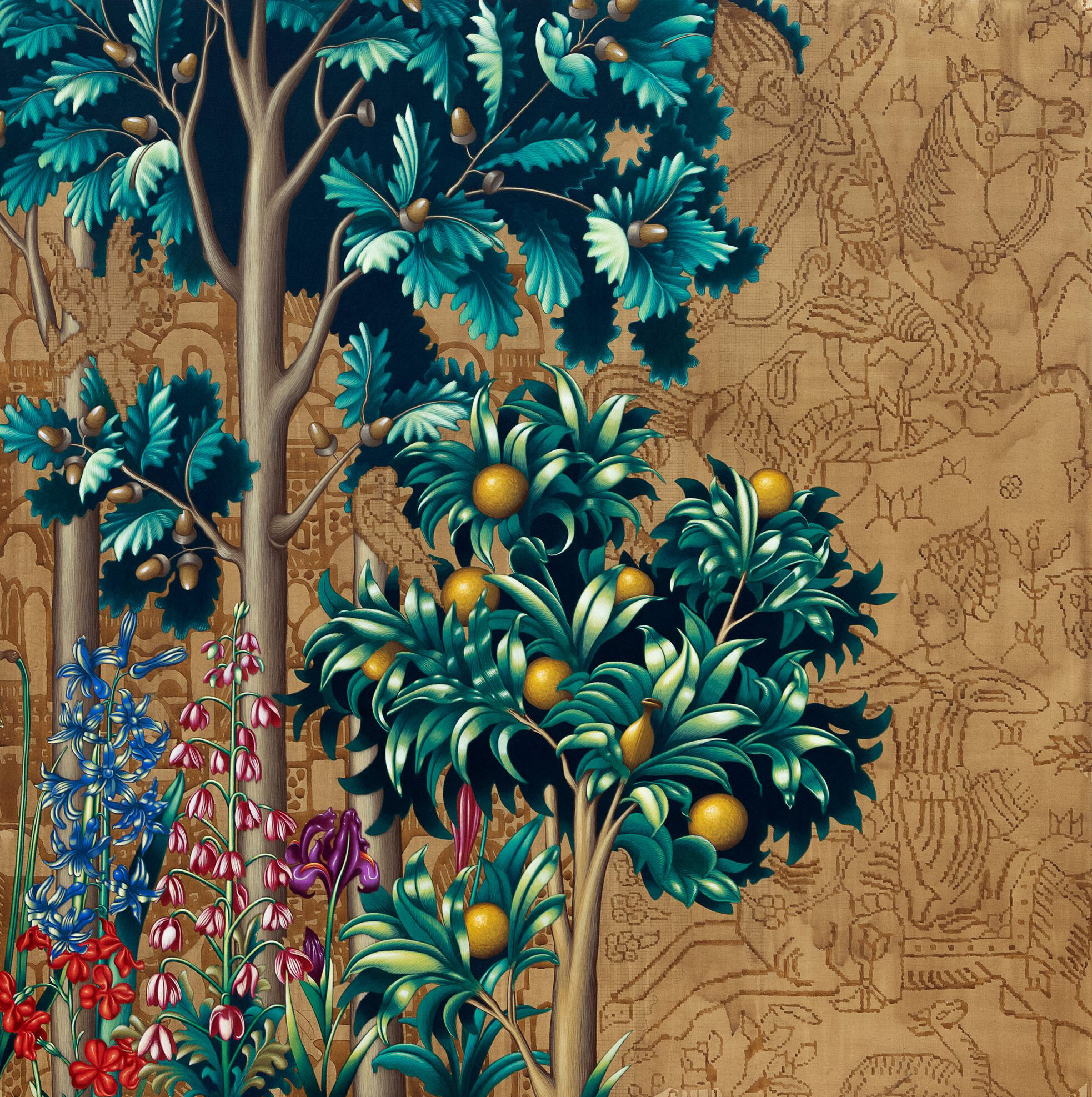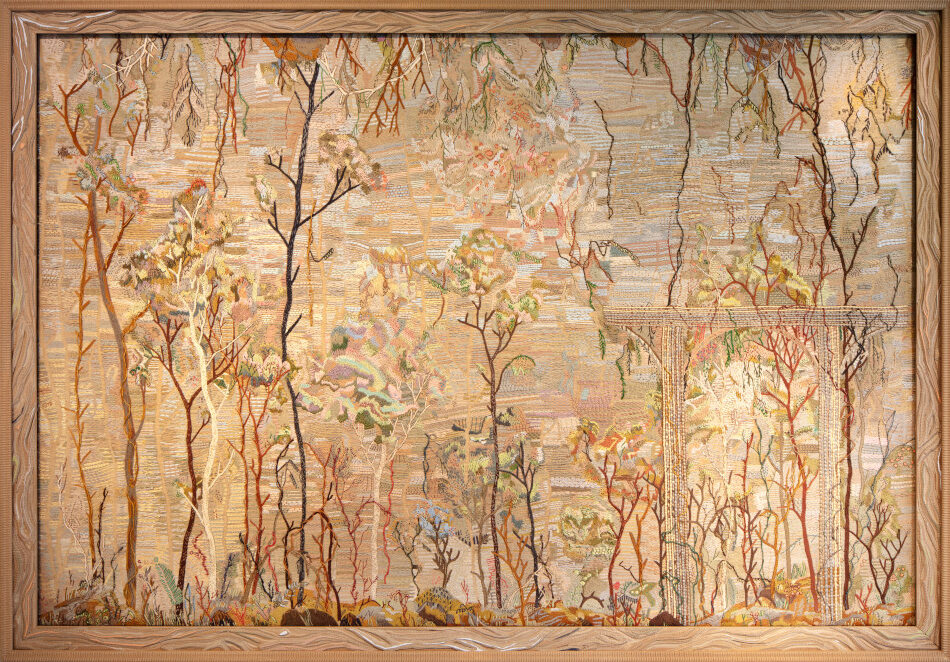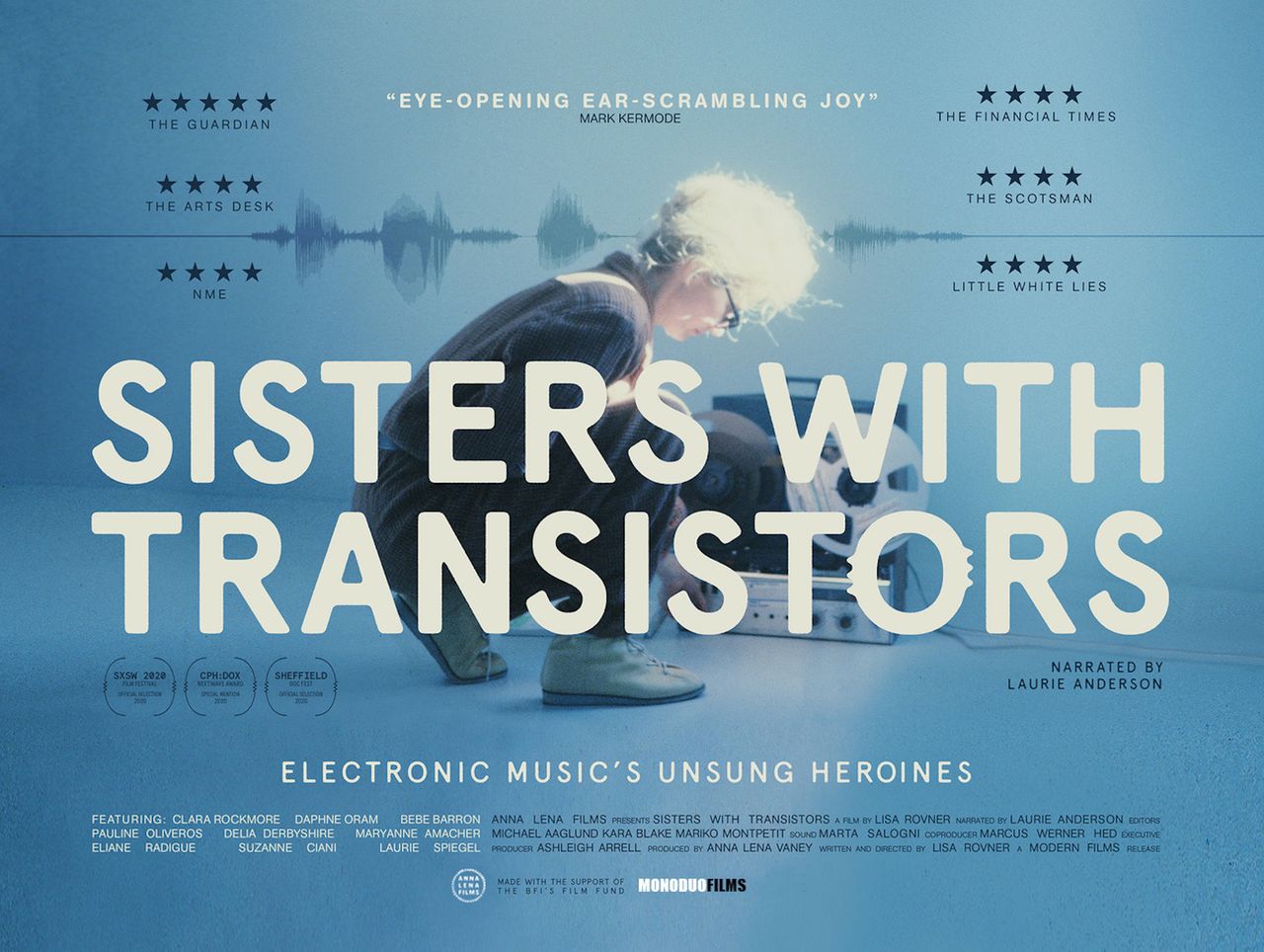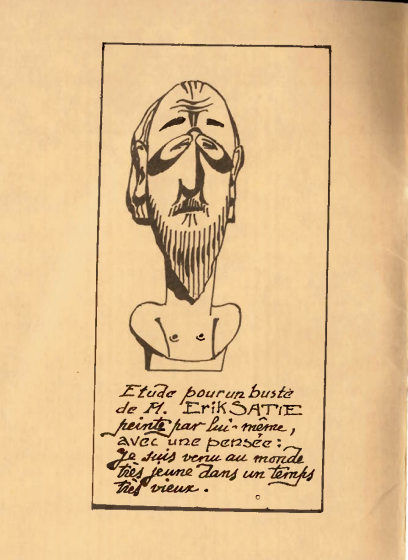Search
The building site in the Cinquecento
architecture and decoration at the Château de Fontainebleau
30.11.2023

The international seminar Chantier au Cinquecento: architecture and decoration at the Château de Fontainebleau takes place over two days, at Villa Medici and Biblioteca Hertziana.
This seminar examines the case of the decorative works at the Château de Fontainebleau, a central episode in European artistic culture during the 16th century. 70 years after the exhibition Fontainebleau e la maniera italiana (Naples, 1952), it is an opportunity to take stock of artistic relations between Italy and France, examining the transmission of techniques, languages, artists, know-how and their effects between the two countries. This seminar takes place within the framework of the international research project I cantieri in Europa nel Cinquecento: architettura e decorazione. A first session was held in Rome in 2019, focusing on Roman building sites. At Fontainebleau, the fresco and stucco decoration is the result of interventions at various periods by Italian artists of different generations and geographical and stylistic traditions: Rosso Fiorentino, Primaticcio, Niccolò dell’Abate and their assistants. Thanks to their technical and stylistic baggage rooted in Florence, Rome, Mantua and Genoa, these artists created novel solutions that gave rise to developments in France, and in turn influenced artistic and technical practices in Italy. Against the backdrop of the 16th-century Château de Fontainebleau project, this seminar will reconsider the link between drawings and frescoes, the innovative contribution of stucco, and the relationship between technical solutions, materials and stylistic solutions, against the backdrop of the relationships between national traditions and the circulations they presuppose.
PROGRAM
THURSDAY, NOVEMBER 30
14.30
Letizia Tedeschi, Archivio del Moderno-USI, Silvia Ginzburg, Università degli studi Roma Tre
Introduction to the day’s seminar15.00 – 16.00: FIRST SESSION
Coordinator Dominique Cordellier15.00 – FR
Oriane Beaufils, Château de Fontainebleau
The origins of Rosso Fiorentino the “decorator”15.20 – IT
Vittoria Romani, Università degli Studi di Padova
Osservazioni sul percorso di Primaticcio15.40 – IT
Laura Stagno, Università degli Studi di Genova16.00: DISCUSSION
17.00 – 18.00: SECOND SESSION
Coordinator Vitale Zanchettin17.00 – IT
Serena Quagliaroli, Università degli Studi di Torino
Roma-Fontainebleau andate e ritorni: lo stucco nei cantieri dell’Urbe (1527-1550 ca.)17.20 – IT
Clara Seghesio, Università degli Studi di Torino
Il cantiere di Palazzo Ricci Sacchetti. Una rilettura dell’attività di Ponce Jacquiot e altre proposte17.40 – FR
Guillaume Fonkenell, Château d’Ecouen
The place of Italy in the genesis of “classical” sculpture in Renaissance France18.00: DISCUSSION
19.00: CLOSING OF THE FIRST DAY
FRIDAY, DECEMBER 1
14.30 – 15.30: THIRD SESSION
Coordinator Vittoria Romani14.30 – IT
Carmelo Occhipinti, Università degli Studi di Roma “Tor Vergata”
Modi di fruizione (e di illuminazione) a Fontainebleau, tra “cabinets” e “galeries”14.50 – FR
Mathieu Deldicque, Musée Condé, Chantilly
Un château de papier.Les décors bellifontains au prisme du dessin
15.10 – FR
Dominique Cordellier, Musée du Louvre, Paris
Questions primaticiennes : maitre et collaborateurs sur le chantier de Fontainebleau considérés à partir de leurs dessins 15.30: DISCUSSION 16.30 – 17.30: FOURTH SESSION
Coordinator Silvia Ginzburg16.30 – IT
Marcello Calogero, Alma Mater Studiorum – Università di Bologna
La committenza del cardinale Giovanni Salviati: arte e politica tra Roma e la Francia (1527-1537)16.50 – IT
Giulia Spoltore, Archivio del Moderno-USI
Nota a margine della cappella Landi: un indizio per la circolazione di modelli (e la trasposizione in diversi media) tra Francia e Italia17.10 – IT
Giovanni Renzi, Università degli studi di Milano statale
I Campi e Primaticcio: intorno all’anno 155717.30: DISCUSSION
18.30: END OF SECOND DAY
Scientific and organization committees
- Muriel Barbier
- Oriane Beaufils
- Anaïs Dorey
- Silvia Ginzburg
- Serena Quagliaroli
- Vittoria Romani
- Giulia Spoltore
- Letizia Tedeschi
Partners
Promoted by
Archivio del Moderno – Università della Svizzera italiana
Bibliothèque Hertziana – MaxPlanck-Institut für Kunstgeschichte
Dipartimento di Studi umanistici, Università Roma Tre
In partnership with
Dipartimento di Studi Storici dell’Università di Torino
With the support of
Practical information
- Thursday, November 30, 2:30 – 7:00 pm: Villa Medici, Grand Salon
→ Event in Italian and French
- Friday, December 1, 2:30 – 6:30 pm: Bibliothèque Hertziana (Rome)




